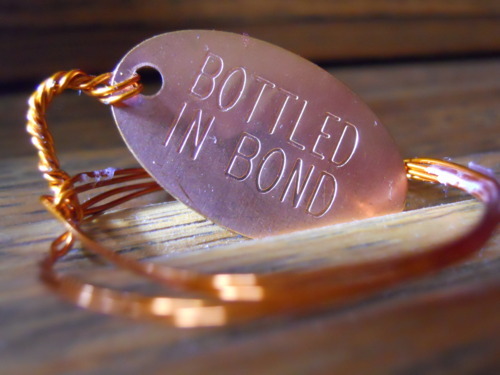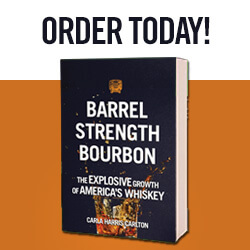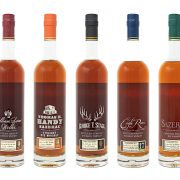
While scanning the bourbon shelves recently, I noticed several brands identified as “Bottled in Bond” – among them Old Bourbon Hollow, Very Old Barton and Heaven Hill’s Henry McKenna Single Barrel, which carries this nifty embossed tag around its neck. So what does that mean?
The Bottled in Bond Act of 1897 gave consumers more information about what they were purchasing. To be labeled “Bottled in Bond,” whiskey had to be from one distillery, made in the same season and year, aged for at least four years in a government-bonded warehouse and bottled at 100 proof. Also under the Act, the whiskey wasn’t taxed until it was bottled – meaning the distiller didn’t pay taxes on the so-called “angels’ share,” the whiskey lost to evaporation.
Bottled in Bond is still a category, but since deregulation in 1984, the label has lost most of its meaning, says bourbon historian Mike Veach of the Filson Historical Society. Distillers are no longer required to list the season and year in which their product was produced or bottled, information that lets the consumer know exactly how old the whiskey is.
However, if a product on the shelf today makes a big deal of calling itself Bottled in Bond, chances are good it will give you at least some of that information. A handwritten label on my Henry McKenna, for instance, notes that it was bottled on April 13, 1999, from barrel No. 570.
It’s great to know more about what you’re drinking. But I suspect that these days, attaching the Bottled in Bond label is mostly a marketing decision – a way to stand out among the ever-increasing number of bourbons on the shelf.





